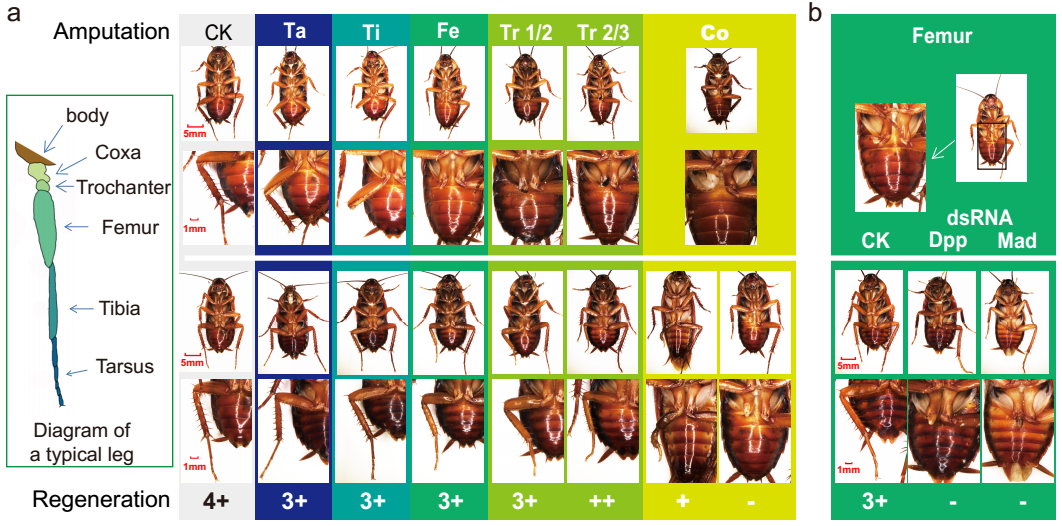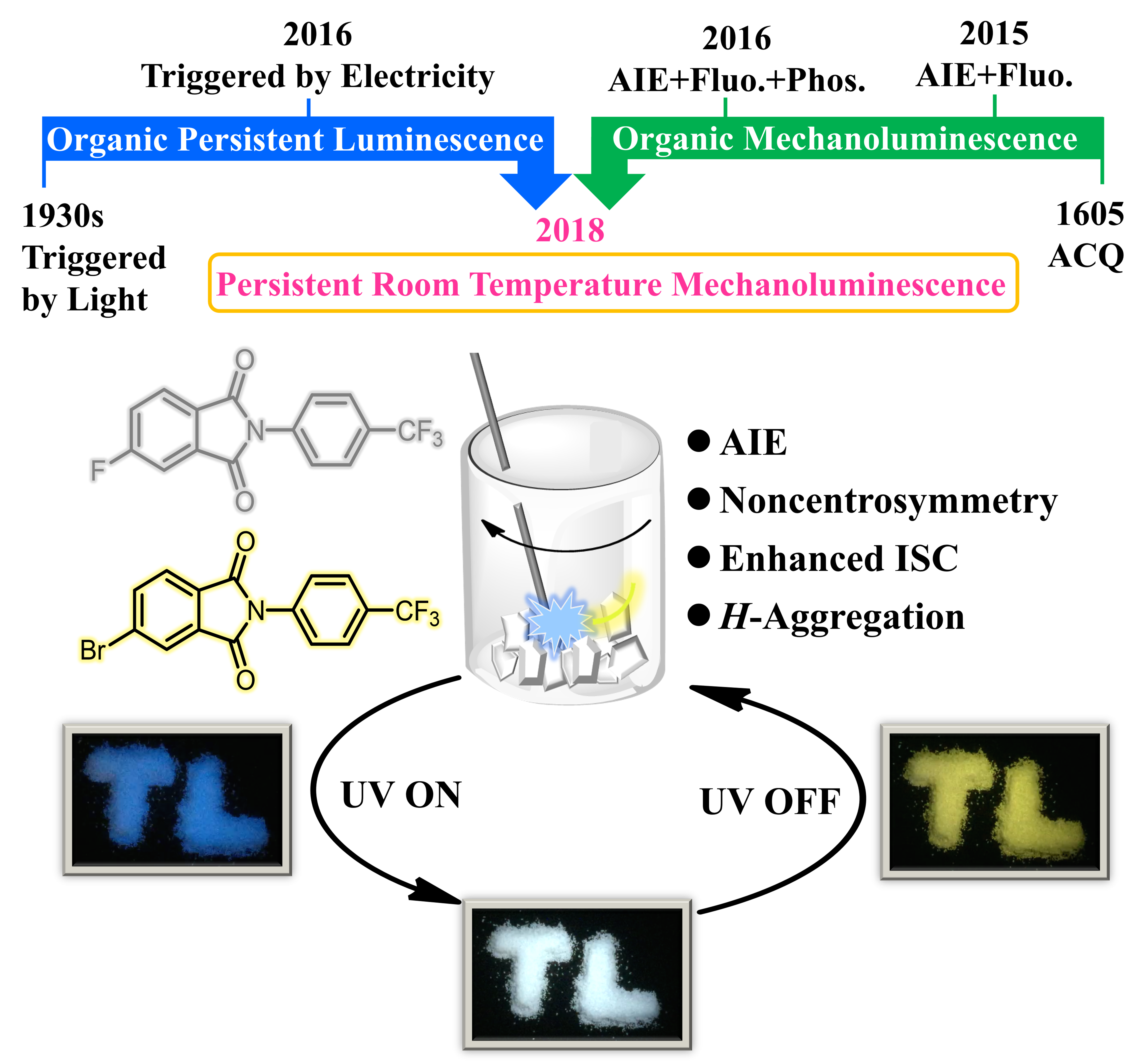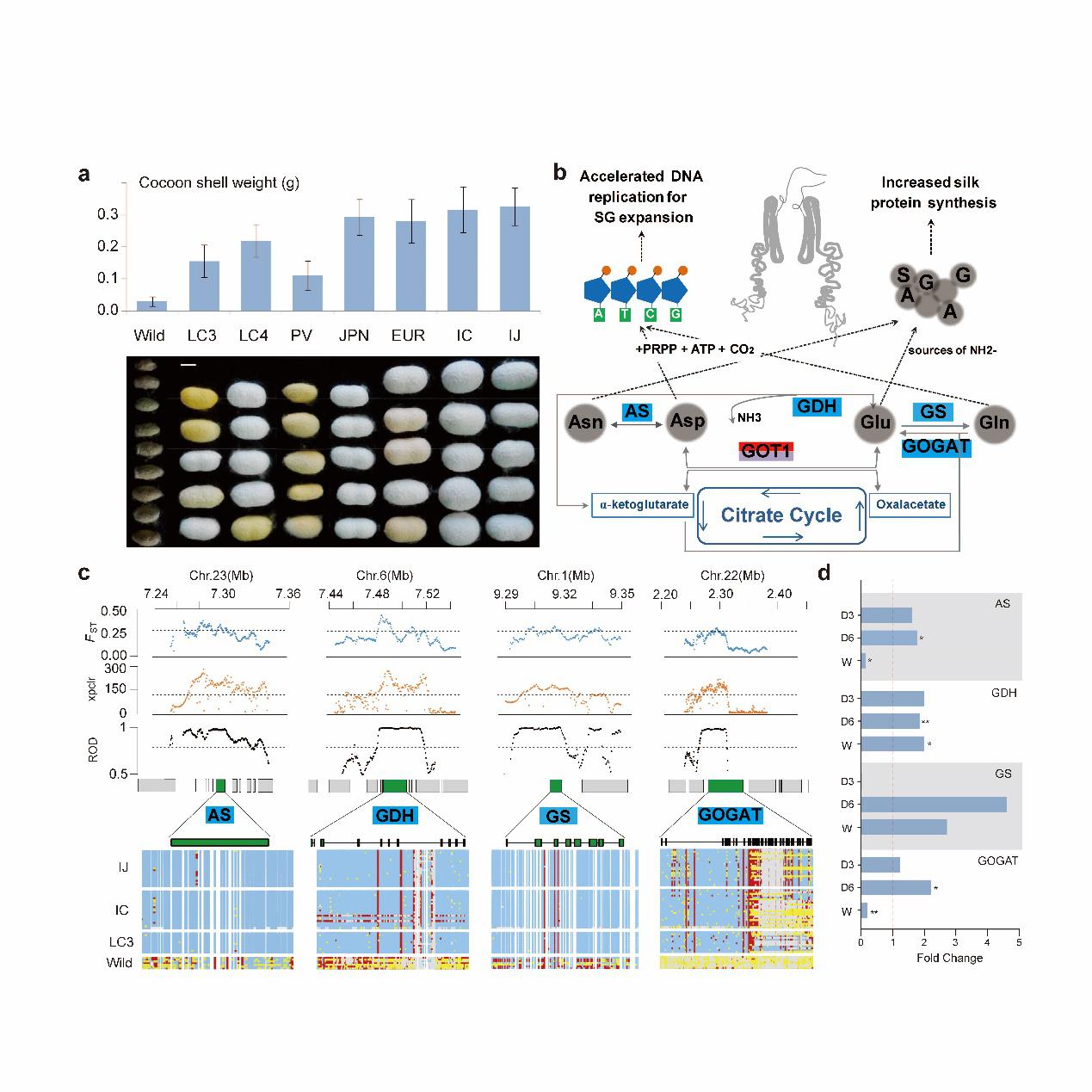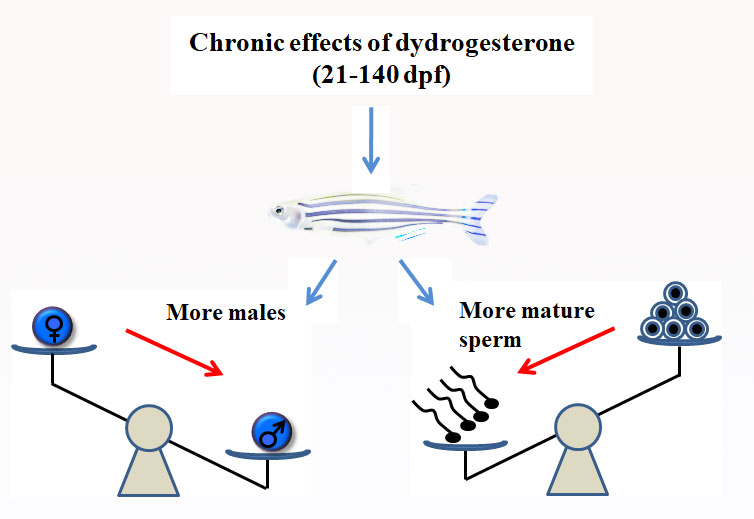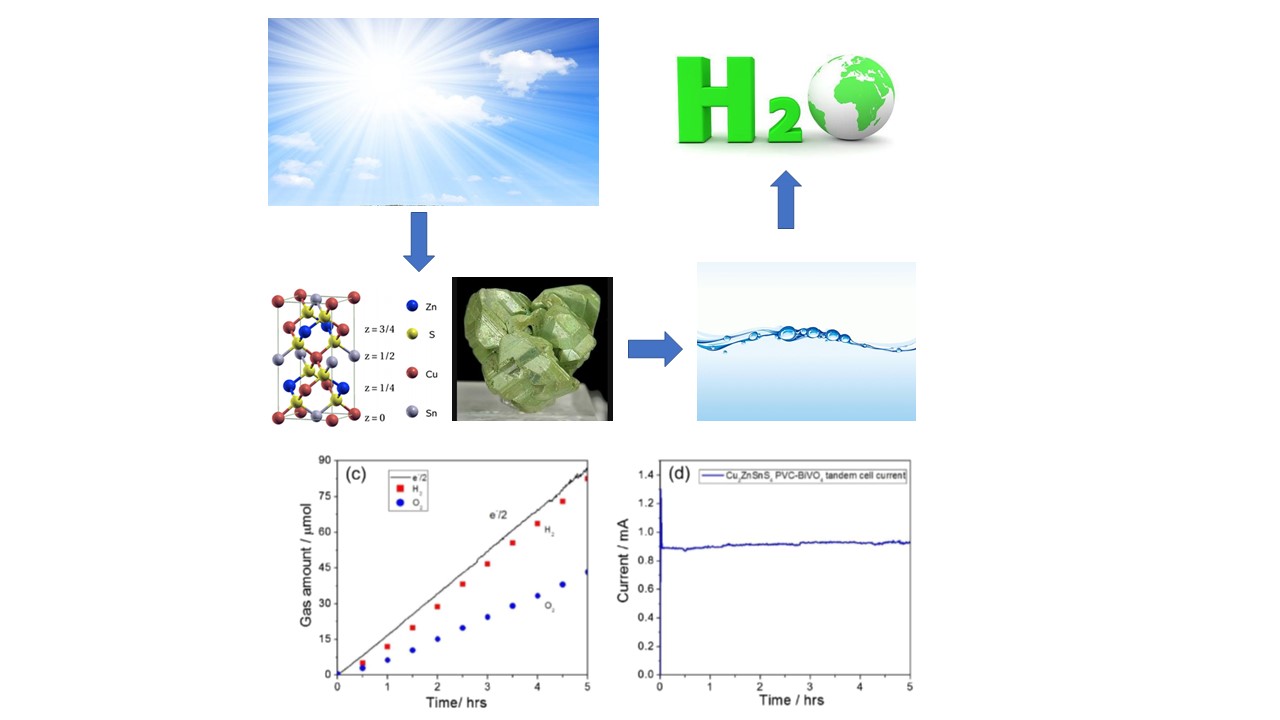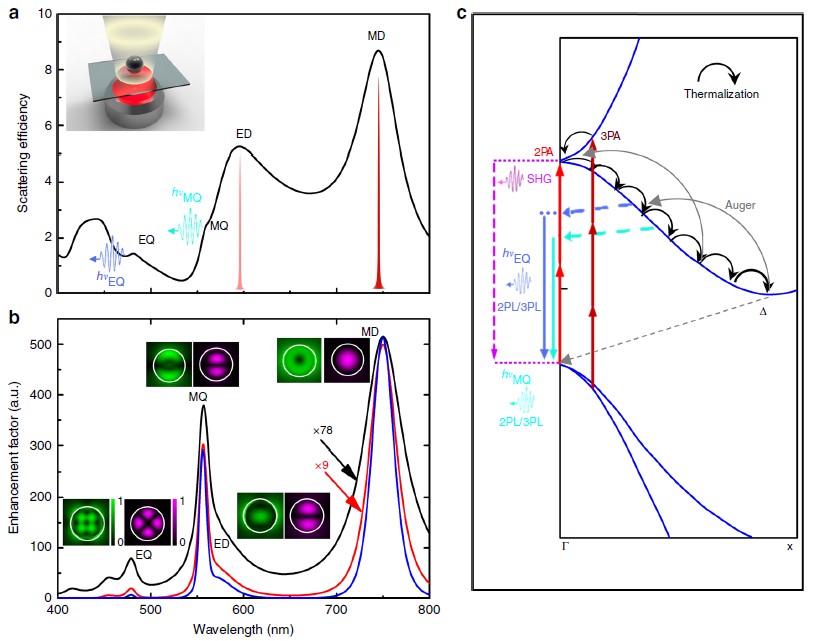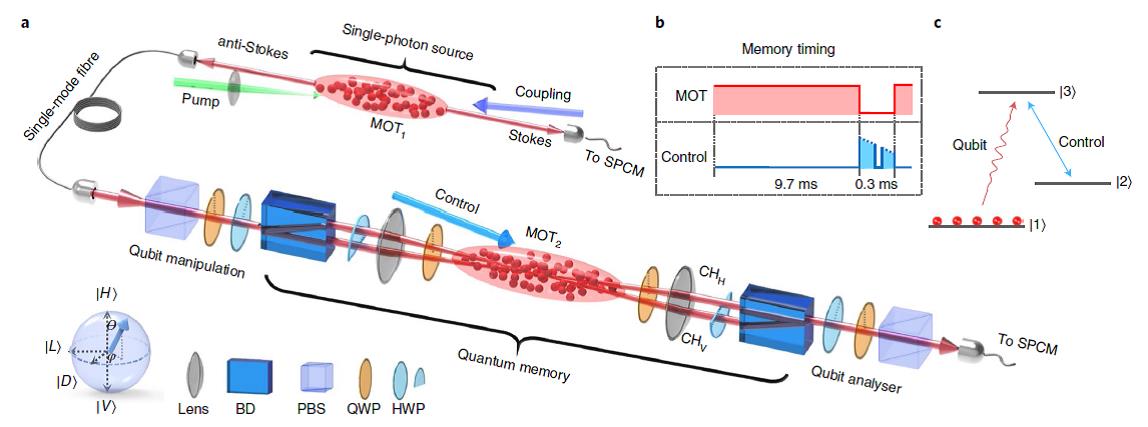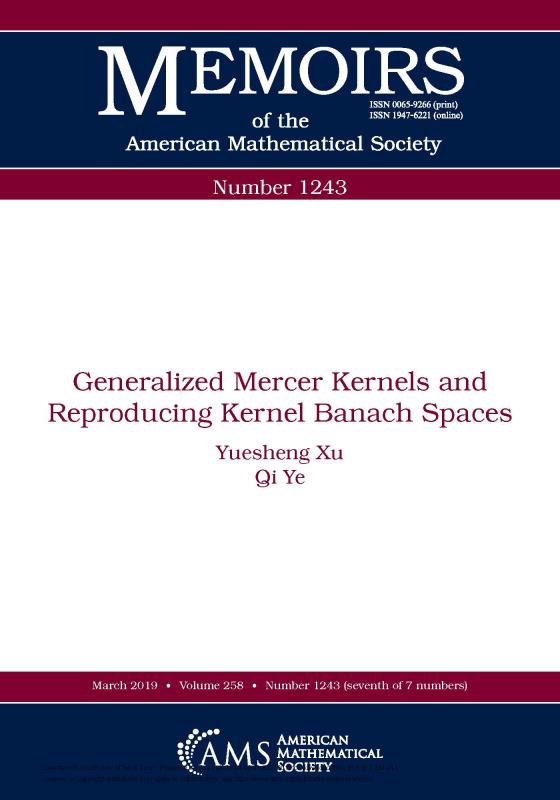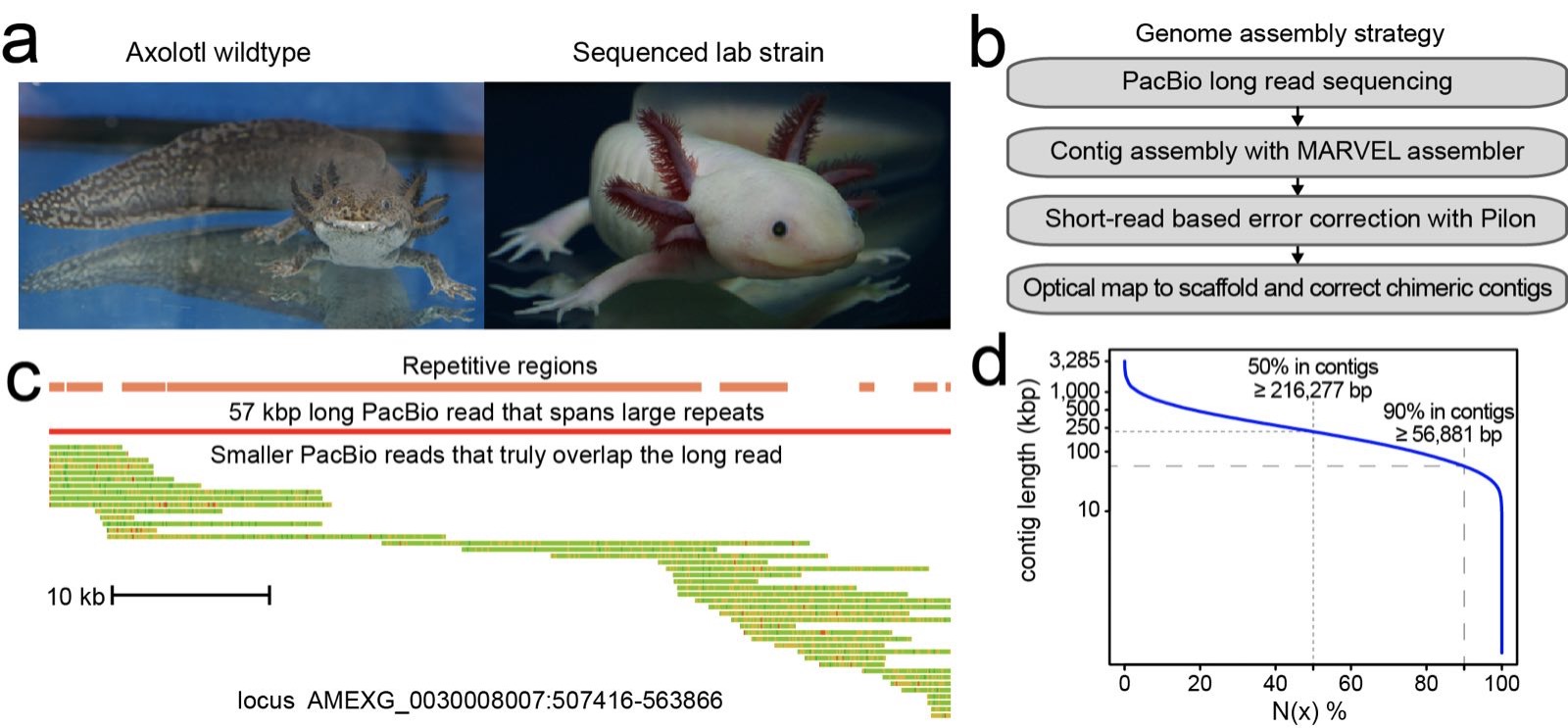
Likes
On January 24, Dr. Fei Jifeng, the Distinguished Young Talent of the Institute for Brain Research and Rehabilitation, South China Normal University (SCNU) and researchers from a dozen scientific research institutes such as the Max Planck Institute of Molecular Cell Biology and Genetics, and the Research Institute of Molecular Pathology, published an online article titled “The axolotl genome and the evolution of key tissue formation regulators” (DOI: 10.1038/nature25458) in Nature with Dr.Fei being the first author, and, hence, listing SCNU as the foremost research institute of the paper. It is the first time that a research paper is published in Nature listing SCNU as the first unit, forming a milestone in its history.
The paper analyzes the whole-genome sequencing of the Mexican Ambystoma mexicanum, which is the largest genomic sequence (32 Gb) to date; it then further revealed the functions and changes of expression and adjustment of the developmental key gene Pax7 in the process of evolution using the modern gene editing technology. It is found that salamanders have a strong regenerative capacity, and many of their various tissues and organs, including the central nervous system, limbs and many other internal and external tissues and organs, can be perfectly regenerated and repaired at the cytological and functional level after injury. What is the mystery of salamanders tissue regeneration? Can we initiate a similar mechanism in humans to regenerate and repair damaged tissues and organs?
 Determination and assembly of the whole-genome sequencing of Axolotl
Determination and assembly of the whole-genome sequencing of Axolotl
Salamanders serve as important tetrapod models for developmental, regeneration and evolutionary studies. An extensive molecular toolkit makes the Mexican axolotl (Ambystoma mexicanum) a key representative salamander for molecular investigations. The 32-Gb axolotl genome of salamanders is ten times the size of the human genome. In the study, the researchers reported the sequencing and assembly of the 32-gigabase-pair axolotl genome using an approach that combined long-read sequencing, optical mapping and development of a new genome assembler (MARVEL). Besides, they observed a size expansion of introns and intergenic regions, largely attributable to multiplication of long terminal repeat retroelements. They also provided evidence that intron size in developmental genes is under constraint and that species-restricted genes may contribute to limb regeneration. The axolotl genome assembly does not contain the essential developmental gene Pax3. However, mutation of the axolotl Pax3 paralogue Pax7 results in an axolotl phenotype that is similar to those seen in Pax3−/− and Pax7−/− mutant mice. The axolotl genome provides a rich biological resource for developmental and evolutionary studies.
 Screenshot of the research paper
Screenshot of the research paper
Dr. Fei Jifeng has long been engaged in the research of development and regeneration mechanisms of the central nervous system. Since September 2004, he has been pursuing a doctoral degree at the Max Planck Institute of Molecular Cell Biology and Genetics. In September 2009, he began his post-doctoral research at the DFG-Center for Regenerative Therapies in Dresden and established the world's leading experimental system for the regeneration and repair in the injured central nervous system and a series of genetic-engineering technologies based on modern gene editing technology. In November 2016, he joined the SCNU Institute for Brain Research and Rehabilitation, establishing the Laboratory of Neurodevelopment and Regeneration. Dr. Fei has published several research papers in top-impact journals such as Nature, PLOS Biology, PNAS, Cell Reports, Stem Cell Reports and Cerebral Cortex either as the first author or as a corresponding author.
Link of the paper: https://www.nature.com/articles/nature25458.pdf
Source from Institute for Brain Research and Rehabilitation
Translated by Li Jianru
Proofread by Edwin Baak
What to read next:
